Akkermanskaya fortress - a unique defensive structure of the XIII century.
There is a majestic historical memorial on the banks of the Dniester Estuary, from which a magnificent panorama opens.
The total area of the Fortification Building occupies 9 hectares, it has the shape of an irregular polygon. Initially, the fortress consisted of 4 spacious courtyards, which had their own function and individual defensive system.
To our days, unfortunately, only 3 courts have survived.
All fortifications along the perimeter are protected by stone walls, a total length of 2.5 km, a height of 5 to 15 m, a thickness of 1 to 1.5 meters.
With the goal of strengthening the complex through every 40-45 meters were completed bastions and towers, there were altogether 34 of them.
Over time, their numbers have declined significantly, but many have survived to this day.
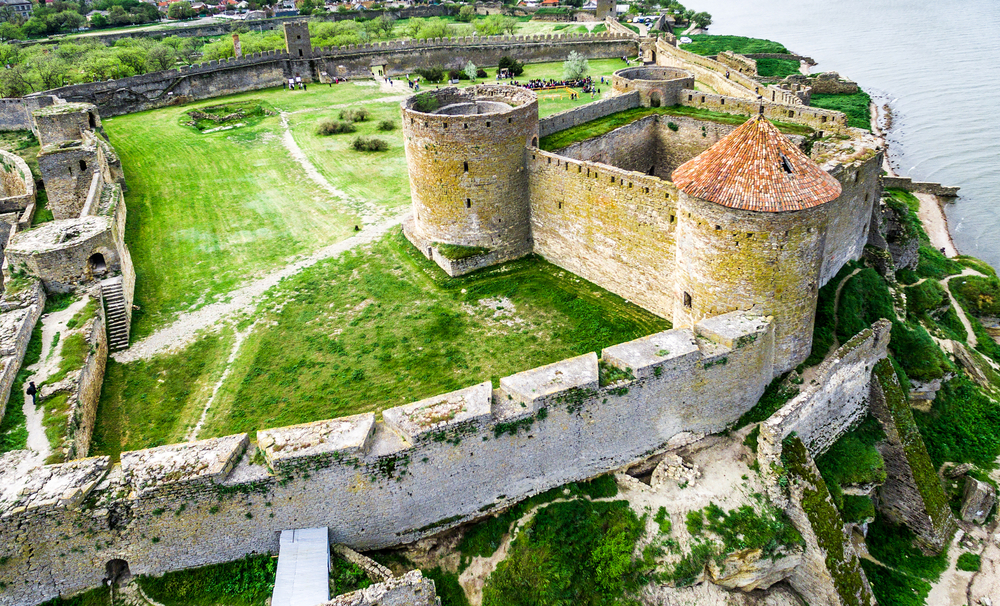
And so, as already mentioned, the fortress consisted of 4 yards, each had the opportunity to defend themselves.
Yard №1
The most important part of the fortress was the Citadel, which along the perimeter was defended by 4 towers. By its location, the 20 meter high towers formed a small yard of 300 square meters.
Here was located the command post, stored treasury, important documents and arsenal.
On the outside, the Citadel was surrounded by a 20-meter deep ditch that, if necessary, was filled with water. In fact, the Citadel possessed an ideal circular defense, and under any threat it could defend itself. An important role in the defense of the fortress played out secret underground passages, of which we in fact know nothing.
Citadel
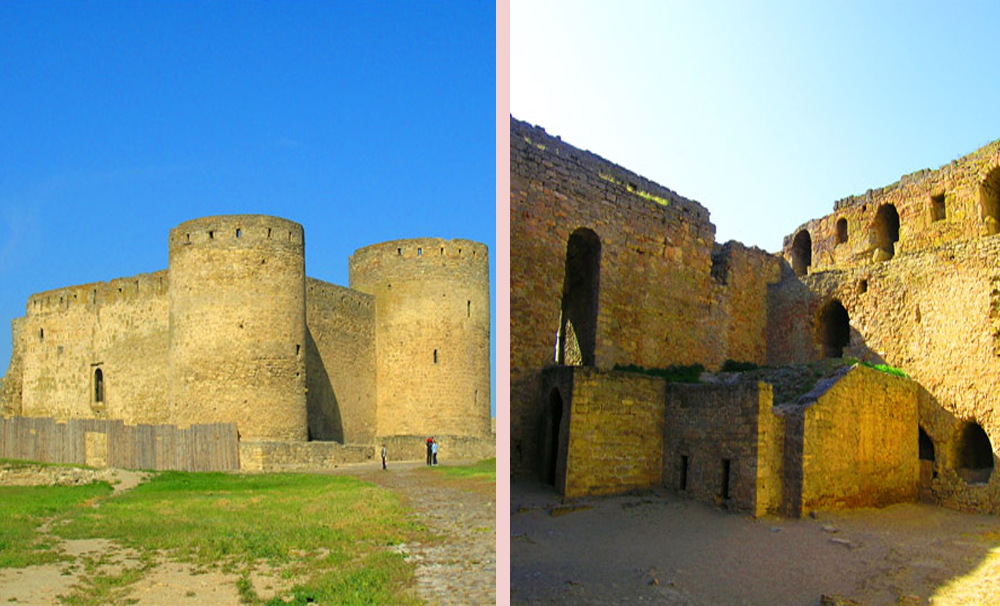
Yard No.2
The civil court was used only to protect the population from the neighborhood.
He occupied the largest territory of the fortress - 5 hectares.
In this part there were only residential buildings, which were eventually dismantled.
Civic courtyard of the fortress

Yard 3
The garrison yard is a much smaller area of the fortress, which was located on 2 hectares.
This part of the fortification was used only for the needs of the garrison.
Here there were small barracks, warehouses and stables.
Garrison yard
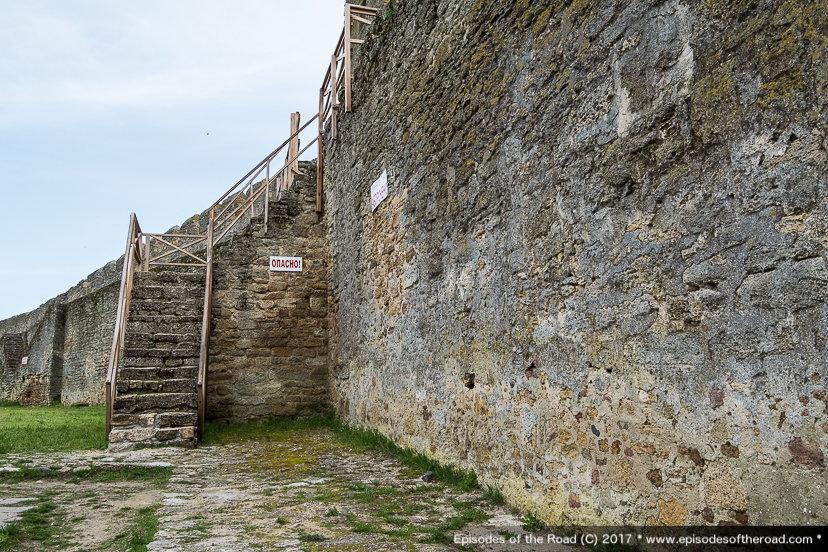
Yard 4
The economic or port yard is the smallest territory of the fortress that ran along the shore, with an area of 1.5 hectares. Here there was a farm yard, warehouses for products.
A brief history of the Akkerman Fortress:
In the 6th century BC settlers from Miletus near the Dniester coast founded the commercial Greek city of Tire. Industrious people, generous nature, wonderful climate made this settlement a major shopping center. Initially everything was wonderful, the city developed, people lived in prosperity, but soon conflicts of interests between influential personalities began, which led to wars.
Infinite military conflicts, frequent changes of power have negatively affected the once prosperous region. The city has declined.
Today, only the remaining ruins are reminiscent of Tiri, which they managed to excavate to archaeologists near the Belgorod-Dnestrov fortress.
Ruins of the city of Tiru
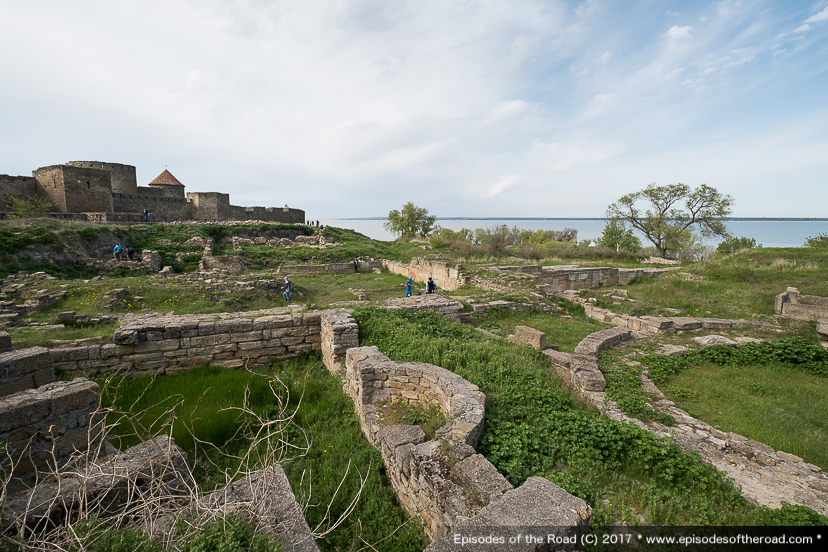
In the era of Kievan Rus, the settlement was renamed Belgorod.
Soon, when the local region became part of the Moldavian principality, the first stages of construction works of the Belgorod-Dnistrov fortress began, which lasted 200 years.
In the 15th century the fortress passed into the possession of the Turks, they in turn renamed the defensive structure in Ackerman, which means "white stone".
The new name was chosen not simply, the fortress was built from limestone, and it in turn was white. Since then, the stronghold is known as the Akkerman fortress.
In 1896 the fortresses were given the status of historical and architectural monuments.
Nowadays the Belgorod-Dnestrovsky fortress is open for free tourists.
On the territory of the historical monument of national importance, often hold festivals, knight fights, stage performances, where everyone can take part in the storming of the fortress.
Useful information for tourists:
The city of Belgorod-Dnistrovsky is located from Odessa, only 90 km, if you plan to get to the destination by minibus, then the road will take somewhere around 1 -1.5 hours.
With transport, you will not have any difficulties, every 10 minutes from the railway station of Odessa there are regular minibuses in the direction of Belgorod-Dnestrovsky.
As already mentioned, the fortress is large enough that it would take about 3 to 5 hours to slowly inspect the landmark. For this I recommend grabbing something to eat, especially if you are with children.
Interesting Facts :
On the territory of the fortress were shot the famous films as:
Othello, Admiral Ushakov, Captain Nemo, 20 Years Later, Love Healing, Doomed to Become a Star.
Location
Address: Belgorod-Dnestrovsky, Odessa region, st. Admiral Ushakov.
GPS coordinates: 46°12’3”N 30°21’2”E







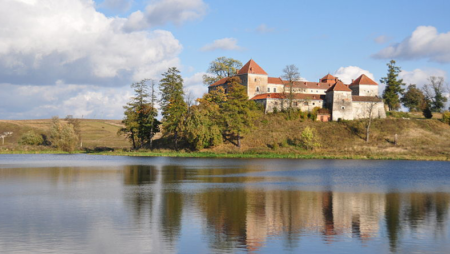
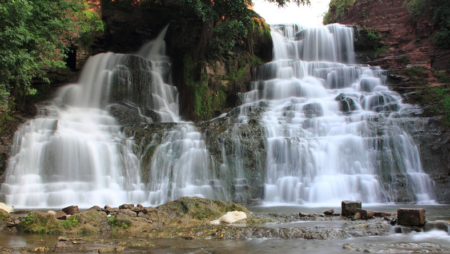
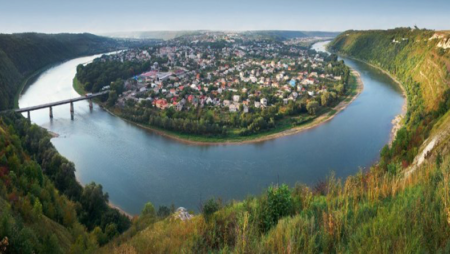
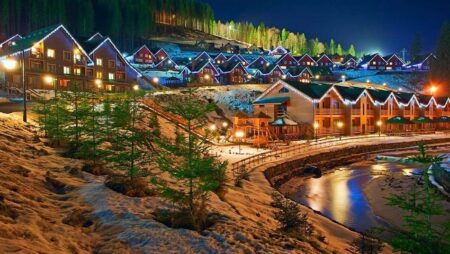
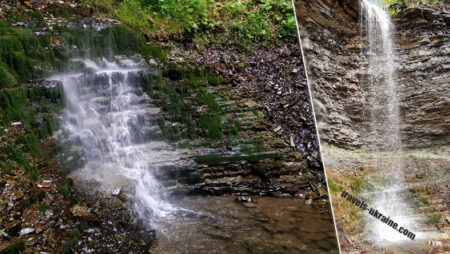
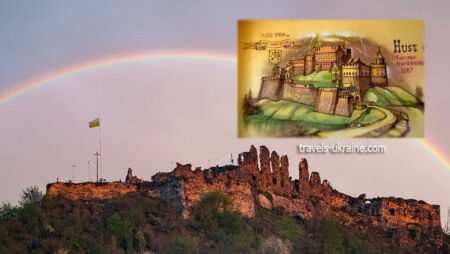
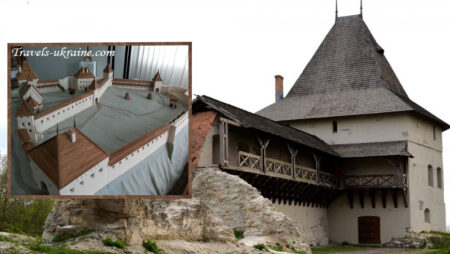
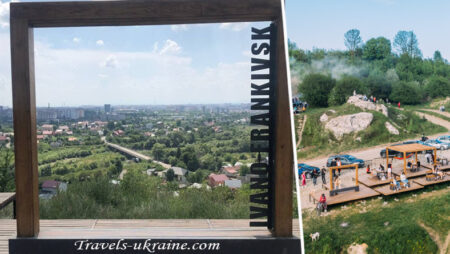
No Comment
You can post first response comment.